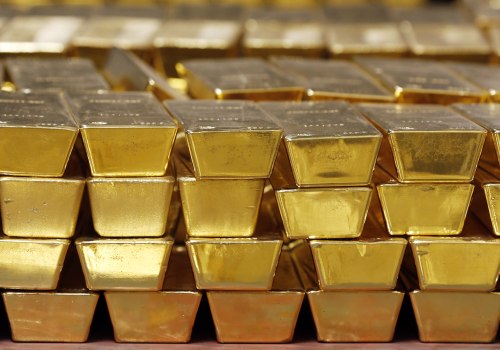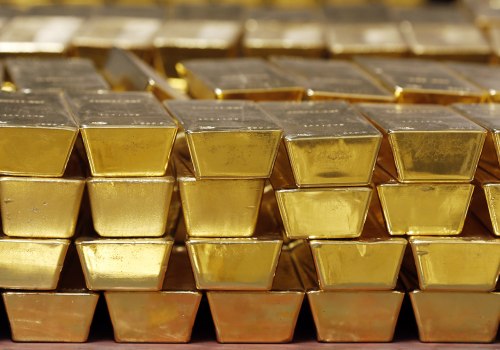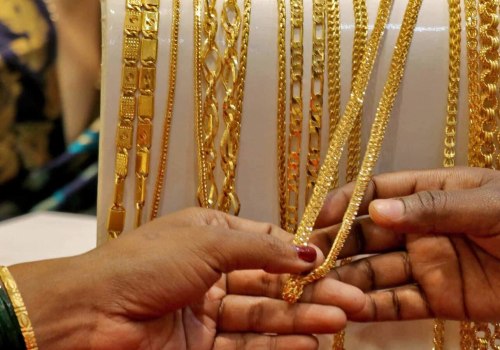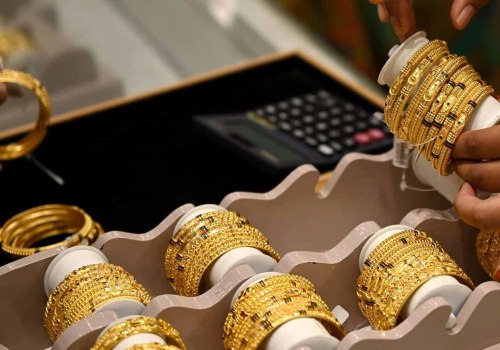For centuries, gold has been seen as a family investment and a way to generate financial security. The financial market has evolved and Indians now see gold not only as a physical asset, but as an investment to diversify their portfolio. Investors can look for low transaction costs and taxes, an amount and flexibility of investment, and a high return without losing liquidity for a gold investment plan. Likewise, the insurance costs to protect your gold jewelry also vary from one general insurer to another. For example, few insurance companies offer jewelry protection as part of their home insurance plan, and the associated costs vary depending on the cost of the jewelry and the plan you choose.
The advantage of investing in Sovereign Gold Bond (SGB) is its low-cost transaction with a guaranteed interest rate of 2.5% per year. Interest can be paid semi-annually. Depending on your investment strategy, your experience, and the level of risk you're willing to take, you can invest in any of the following options: buying physical gold, investing in gold ETFs (Exchange Traded Funds), investing in gold mutual funds, or buying gold mining stocks. Gold is considered a “safe haven asset” because when the prices of other investments, such as stocks or real estate, fall sharply, gold doesn't lose its value. When it comes to the costs associated with investing in precious metals or in a precious metals IRA (Individual Retirement Account), it is important to compare these costs with those of metallic paper products, such as the shares of the GLD gold ETF, for example. Just keep in mind that financial advisors don't usually recommend investing more than about 10% of your total assets in gold. ETFs allow investors to access gold and, at the same time, avoid the costs and hassles of margins, storage costs, and security risks associated with physically holding gold.
Just because gold returns have been so spectacular in the past doesn't mean that gold is low-risk or that investors who need a secure source of regular income are well served. The commission associated with investing in gold could represent 1 or 3% of the investment amount. Mutual fund fees are usually higher than ETFs because they are usually actively managed, which means that there is a fund manager or team of people who research, analyze potential investments, and then make investment decisions for the fund. If you invest through the fund house, you may be charged an annual cost for holding a gold ETF, which is the management fee. Anyone who has ever bought jewelry knows that significant margins are part of trading precious metals, and that's the same for investment gold as it is for engagement rings. Buying gold mining stocks is relatively simple, through a brokerage account with an online broker or an investment app.
No, there is no option to convert the investment in SGB into physical gold since the reimbursement is made in Indian currency.







